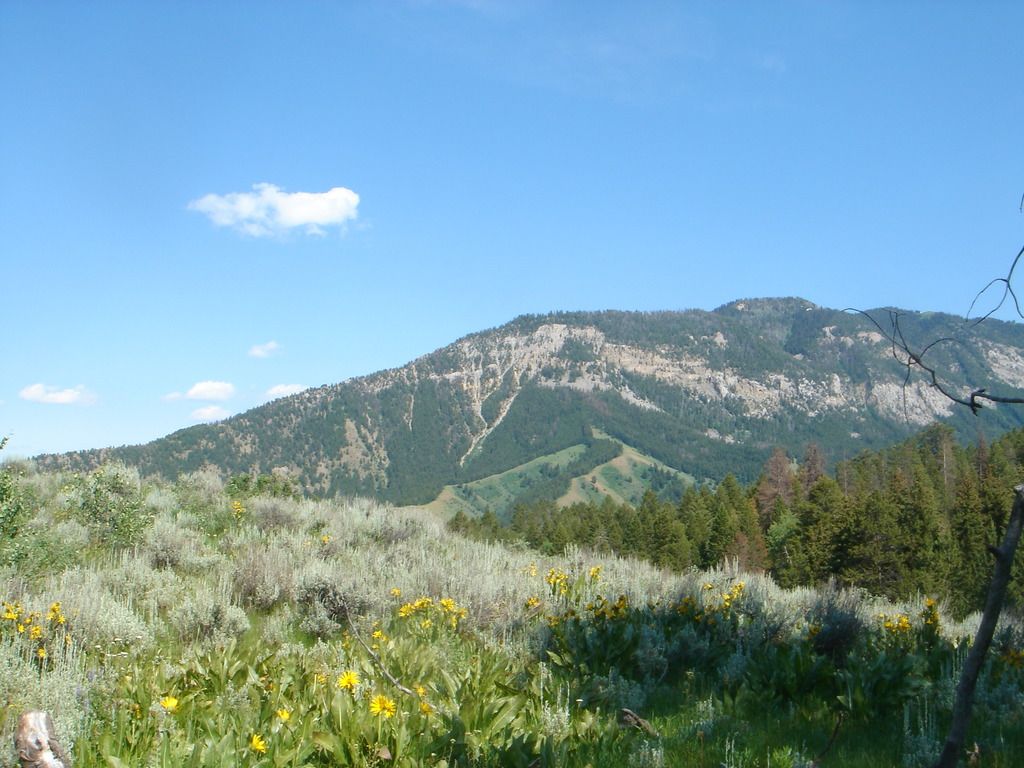Basement Water Damage Caused by Garden Design: Solutions Explored
Unexpected Basement Moisture: Your Garden Could Be to Blame
Unwanted water in your basement is never a welcome sight, regardless of the age of your home. The source of this moisture could be lurking in an unexpected spot: your garden design. Although interior waterproofing typically tops homeowners' lists, your garden decisions might inadvertently be directing water towards your foundation. In this guide, we'll reveal the secret connection between your yard and basement water damage issues, offering practical solutions to keep water where it belongs.
The Yard-Basement Connection
The way you design your garden plays a significant role in managing water flow around your home and how moisture may infiltrate your basement. Neglected water issues often present as mysteries, appearing one day only to vanish the next. But this guide outlines the unsuspected links between your yard and basement moisture problems, providing practical solutions to maintain a dry basement.
Flawed Gardening Choices
Certain garden design mistakes can direct water towards your foundation, leading to potential moisture issues. Here's how common landscape errors contribute to basement water damage:
- Incorrect SlopingPoor grading near your home points water toward your foundation instead of steering it away. If your yard is flat or slopes inward, water will flow directly to your foundation walls, rather than away from your house. Repeated water exposure in a compromised location can create pressure against the basement walls, gradually eroding them and allowing water to penetrate.
- Poor Yard DrainageClay soil or low spots in your yard can collect and store water around your foundation, leading to high pressure levels and, over time, basement flooding. This built-up pressure tests your basement waterproofing systems and can degrade their performance over time.
- Improperly Placed DownspoutsDownspouts that drain too close to your foundation create saturated soil zones, increasing the risk of water penetration. The weight of water accumulated here can erode the soil around your foundation and create leaky pathways, compromising even the most effective waterproofing methods.
- Overwatering Near the FoundationOverwatering plants near your foundation maintains consistently wet soil around your basement walls. This constant moisture can cause erosion and create new water entry channels.
- Problematic MulchMulch retains moisture, saturating soil and keeping it perpetually damp against exterior surfaces. The consistent dampness encourages mold growth and erodes foundation materials over time.
- Issues with PatiosLow-lying patios create standing water around your foundation, preventing proper drainage and encouraging moisture build-up. Over time, the joints between patio materials and your foundation separate, allowing water to seep in through the openings.
Landscaping Solutions to Prevent Basement Water Damage
With careful planning and thoughtful garden design choices, you can effectively manage water flow around your home and keep your basement dry. Here are a few strategies that make the most of your yard:
- Create a Rain Garden半 Rain gardens are shallow depressions that collect and filter rainwater, redirecting it away from your foundation. These aesthetic gardens can add beauty to your outdoor space while preventing water damage.
- Correct the GradingEnsure proper grading by directing the slope of your lawn away from your home. This simple, effective solution helps steer water flow away from your foundation and reduces the risk of water damage.
- Install French DrainsFrench drains are gravel-filled trenches that redirect water away from areas prone to flooding. These systems can offer an added layer of protection against severe storms and excess moisture.
- Maintain Your GuttersRegularly clean and maintain gutters to prevent clogs, which can lead to overflowing water and potential water damage. Downspouts should direct water at least 3-4 feet away from your foundation.
- Secure Your DownspoutsEnsure downspouts are correctly placed, directing water away from your home to reduce water accumulation near the basement walls. A small area of pebbles can help distribute water flow and prevent soil erosion.
- Put Rain Barrels to UseRain barrels collect rainwater from your downspouts for future use, reducing runoff and potential water retention near your foundation. Use collected water for garden irrigation during dry periods.
By wisely choosing your garden designs and employing these simple techniques, you can effectively manage water flow around your home and protect the integrity of your foundation. Remember, the way your garden drains is just as important as its visual appeal. So take charge of your landscaping and enjoy a dry, healthy home!
The garden design significantly impacts managing water flow around the home and preventing basement moisture. Incorrect sloping, poor yard drainage, improperly placed downspouts, overwatering near the foundation, problematic mulch, and issues with patios can all contribute to water issues in the basement.
On the other hand, creative solutions like installing rain gardens, correcting the grading, using French drains, maintaining gutters, securing downspouts, and putting rain barrels to use can help manage water flow and protect the home's foundation. Remember, the garden's drainage is just as vital as its visual appeal, ensuring a dry, healthy home.







